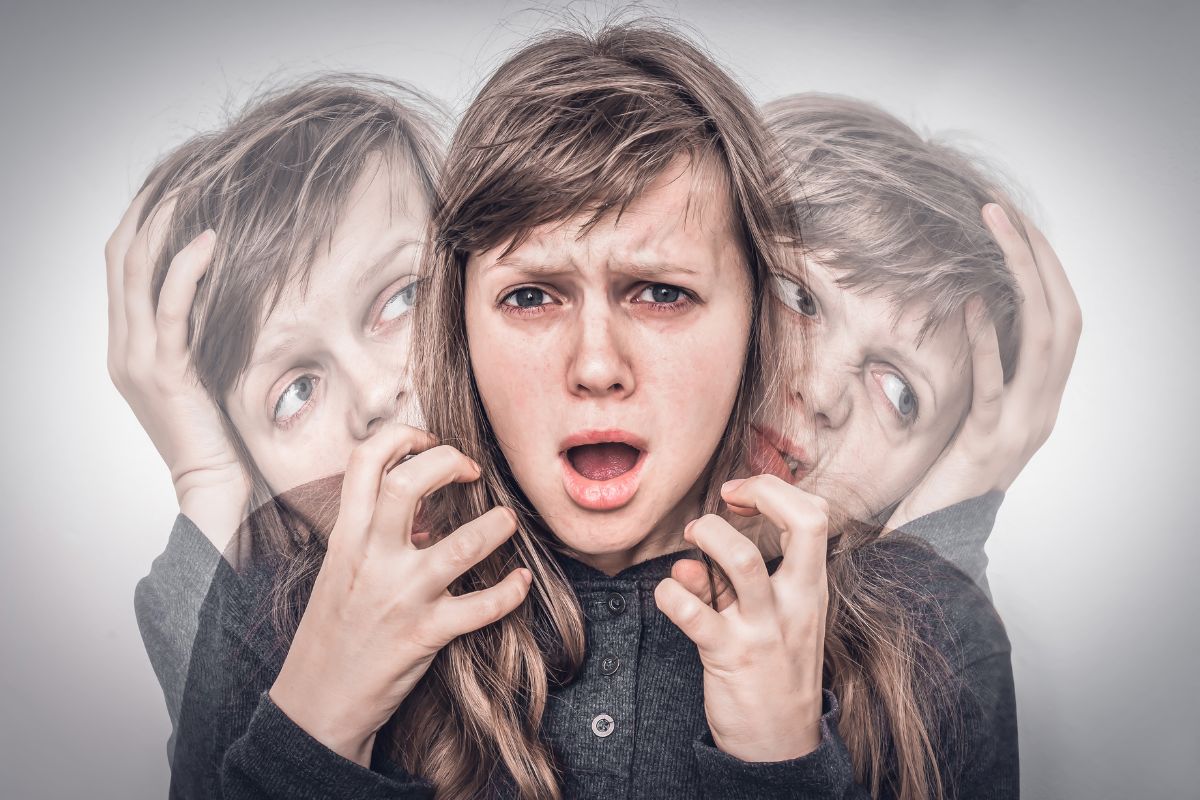Introduction
Understanding the first-rank symptoms of schizophrenia is crucial for early diagnosis and effective treatment of this complex mental health disorder. Schizophrenia is a serious mental disorder, and identifying the first rank symptoms of schizophrenia is vital for clinicians. Among the many symptoms of schizophrenia, first rank symptoms play a significant role in diagnosing the disorder. These symptoms were first identified by psychiatrist Kurt Schneider in the 1950s and are considered essential in distinguishing schizophrenia from other psychotic disorders.
 What Are First Rank Symptoms of Schizophrenia?
What Are First Rank Symptoms of Schizophrenia?
First rank symptoms (FRS) are a group of experiences and perceptions that are particularly characteristic of schizophrenia. These symptoms are often linked to disturbances in self-awareness and the experience of reality. The presence of FRS can assist clinicians in identifying schizophrenia, although it is not the only diagnostic tool used. Understanding these symptoms can help improve awareness and provide early intervention for those experiencing schizophrenia.
For those seeking Best Treatment, consider visiting:
1. Auditory Hallucinations
Recognizing the first rank symptoms of schizophrenia early can help with diagnosis. One of the most common first rank symptoms of schizophrenia is auditory hallucinations. Individuals with schizophrenia may hear voices that are not present in their environment. These voices can speak directly to the individual or comment on their thoughts and actions. Often, the voices are perceived as external to the person’s own thoughts and can be distressing or commanding.
In many cases, the voices seem to come from multiple sources, and individuals may feel as though they are being controlled by these voices. This symptom is a key marker in identifying schizophrenia and differentiating it from other mental health conditions.
2. Thought Insertion
Thought insertion is another critical first rank symptom. People experiencing this symptom believe that thoughts are being placed into their minds by an external source. These thoughts feel alien, as if they do not belong to the person but have been implanted by someone or something else.
This disconnection between the individual’s own thinking and the perceived external influence is one of the most disturbing aspects of schizophrenia for many sufferers. Thought insertion can lead to confusion and difficulty distinguishing between personal thoughts and externally ‘imposed’ ones.
3. Thought Broadcasting
Thought broadcasting is the sensation that one’s thoughts are not private but are being broadcasted to others. A person with schizophrenia may believe that everyone around them can hear or know what they are thinking, without speaking. This can lead to significant paranoia and withdrawal from social interactions, as individuals may fear judgment or harm based on their thoughts.
This symptom often occurs alongside other thought disturbances, like thought insertion, and plays a crucial role in disrupting an individual’s sense of self and personal agency.
4. Delusions of Control
Another hallmark first rank symptom of schizophrenia is the delusion of control. In this case, individuals feel as though their thoughts, actions, or body movements are being controlled by an external force. They may believe that someone or something is manipulating them from afar, whether through telepathy, technology, or supernatural means.
This loss of control over one’s own body and actions can cause immense distress and lead to risky behaviors. The delusion of control is a defining symptom in understanding the severity and impact of schizophrenia on daily life.
5. Thought Withdrawal
Thought withdrawal is the belief that one’s thoughts are being removed or ‘stolen’ by an outside force. People with schizophrenia experiencing this symptom may feel that their thoughts are disappearing from their minds, making it difficult to think clearly. Like thought insertion, this symptom highlights a disconnection between personal cognition and external forces.
The sensation of losing one’s thoughts can be deeply unsettling, leading to confusion and a sense of powerlessness. This symptom, along with the other first rank symptoms, contributes to the profound disorganization often seen in schizophrenia.
The Importance of Early Recognition and Treatment
Early identification of first rank symptoms of schizophrenia is critical for timely intervention and effective treatment. While these symptoms are not exclusive to schizophrenia, they are key indicators that can assist mental health professionals in diagnosing the disorder. Understanding these symptoms can also reduce stigma and promote empathy for those living with schizophrenia.
For more detailed information about schizophrenia, its symptoms, and treatment options, you can refer to the following authorized resources World Health Organization (WHO) , National Institute of Mental Health (NIMH)
Conclusion
Schizophrenia is a multifaceted mental health disorder, and its first rank symptoms provide essential insights into its diagnosis. Auditory hallucinations, thought insertion, thought broadcasting, delusions of control, and thought withdrawal are all key markers of schizophrenia that can significantly impact an individual’s perception of reality. Understanding these symptoms can help in early recognition, reducing the stigma associated with mental health, and offering better support for those affected.
You can visit our more blogs on:

